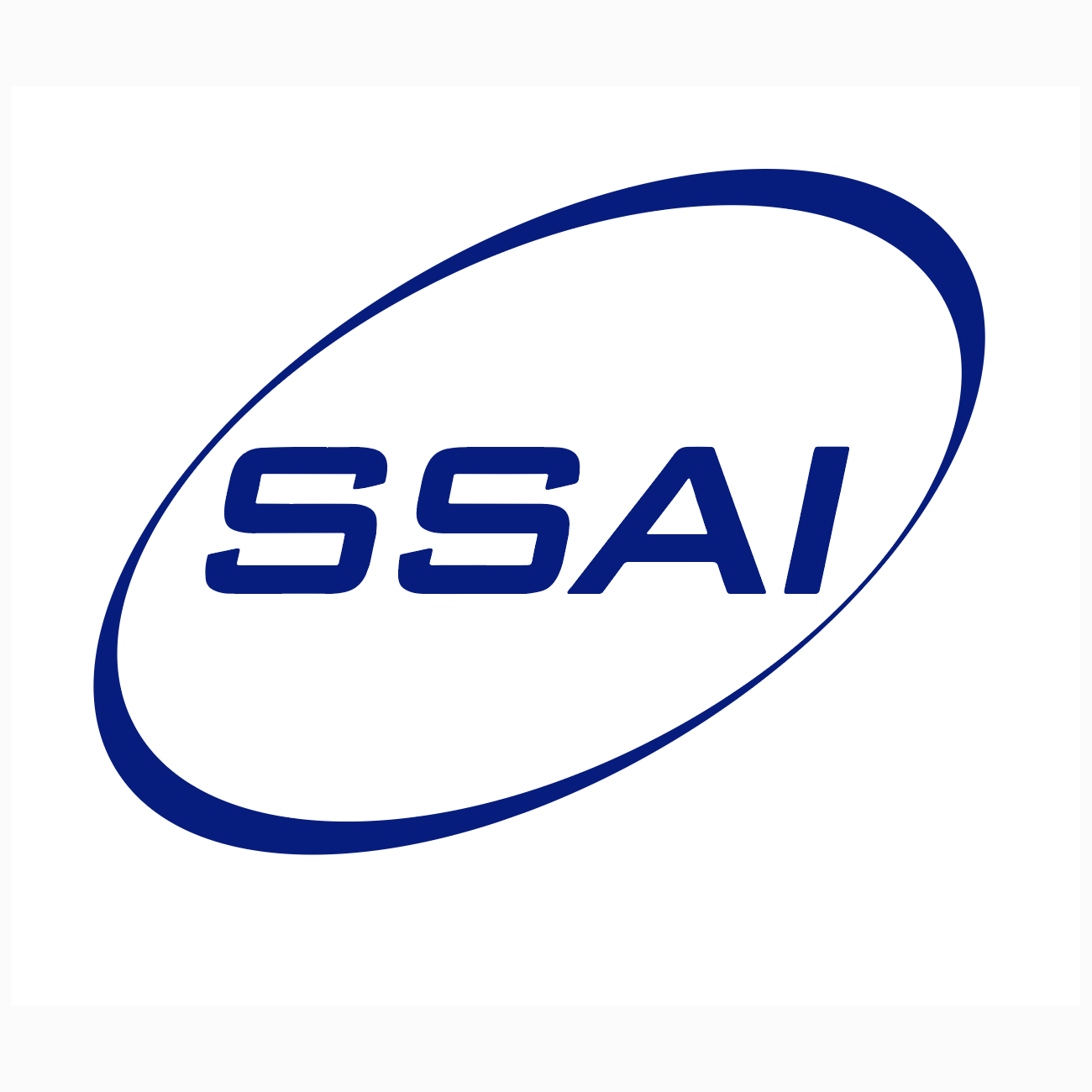
Planetary Science Research

SSAI scientists and engineers contribute to various sectors in the Planetary Sciences. Specifically, aside from SSAI’s involvement in the engineering aspects of the Artemis program, the company aids in scientific research in support of it, as well.
Most important is the investigation of the presence of water on the Moon. Contrary to the previous understanding of the Moon we formed some decades ago, recent missions have revealed that water is quite abundant there in its frozen form.
There are vast bodies of primeval ice that are trapped in craters near the Moon’s South Pole, but there is also mineralization ice trapped in the crystalline structure of various minerals. This water undergoes a complex cycle of sublimation and recrystallization, also known as a 'Moon regolith', driven by the extreme thermal variations occurring on the moon’s surface. SSAI is deeply interested in the study and analysis of these aspects.
Another focal point of SSAI’s involvement in planetary sciences is the Martian atmosphere. Specifically, there is interest in Mars model intercomparison and on Mars Observing System Simulation Experiments (OSSEs) for Mars. A Mars OSSE framework would allow an informed design of an optimal observing system network for Mars to enable, in the future, real-time weather forecast capabilities on Mars.
Principal Investigator-led projects:
DANDELION
Detection of exospheric trANsport and Dust for the Exploration of Lunar Ice and OxidatioN - called project DANDELION - studies lunar water.
Principal Investigator, Dr. Guillaume Gronoff got his PhD from the Universite Joseph Fourier in Grenoble (France). His specialty is the impact of energetic particles on planetary atmospheres, which led him to study the impact of cosmic rays and other particles on Titan, Mars, Venus, etc.
DANDELION
Detection of exospheric trANsport and Dust for the Exploration of Lunar Ice and OxidatioN — called project DANDELION — studies lunar water.
Principal Investigator Guillaume Gronoff completed his doctorate from Université Joseph Fourier in Grenoble, France. His specialty is the impact of energetic particles on planetary atmospheres, which led him to study the impact of cosmic rays and other particles on Titan, Mars, Venus, etc.
After a postdoctoral fellowship at NASA Langley Research Center, he joined SSAI in 2012. He is currently the PI of the NASA Langley Mobile Ozone Lidar which studies the pollution in the Earth's atmosphere. He also works on the development of the Nowcast of Aerospace Irradiation System, which allows to assess the irradiation of astronauts in the ISS and has capabilities to study the irradiation for a travel to the Moon.
He applies his competencies in particle impacts to the exosphere of the Moon, with the DANDELION project which is a project for a lunar mission embedding, HOLMS, a spectrometer for the study of the lunar water (developed in collaboration with JPL).
The project is partially supported by SSAI’s internal research and development funding, with the objective to send an instrument, the Heterodyne OH Lunar Miniaturized Spectrometer, or HOLMS, to the surface of the Moon, as part of the NASA’s funded commercial lunar paylod services (CLPS) initiative. The purpose is to measure and understand the water cycle in the Moon’s thin atmosphere. Water is known to be present at the poles in form of ice, but the volatile amount of water needs to be quantified. The presence of water on the Moon will be crucial to the Artemis mission whose purpose is to establish a permanently inhabited base on the Moon. In addition to the use of water by astronauts, studying the lunar water could better help our understanding of the solar system.

(Dr. Guillaume Gronoff with a 1:1 scale model of his instrument)
Check out Guillaume's Spotlight:

Image taken by LADEE (Courtesy: NASA)

Image taken by Orion (Courtesy: NASA)

Simulation of OH/H2O emissions

Image taken by Orion (Courtesy: NASA)
More inspiring stories:


